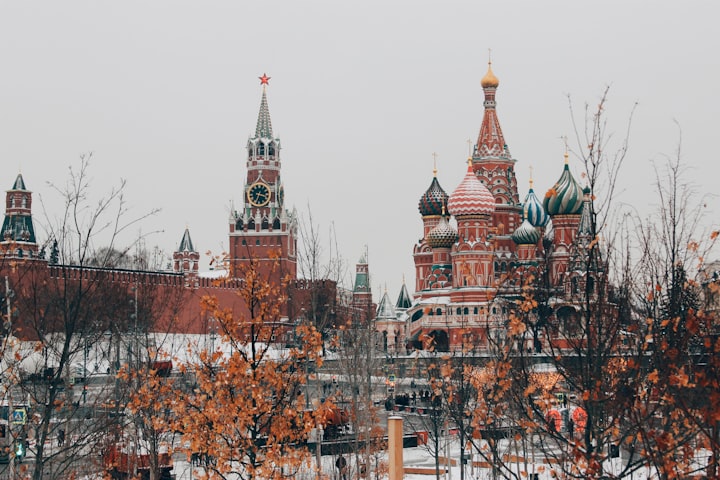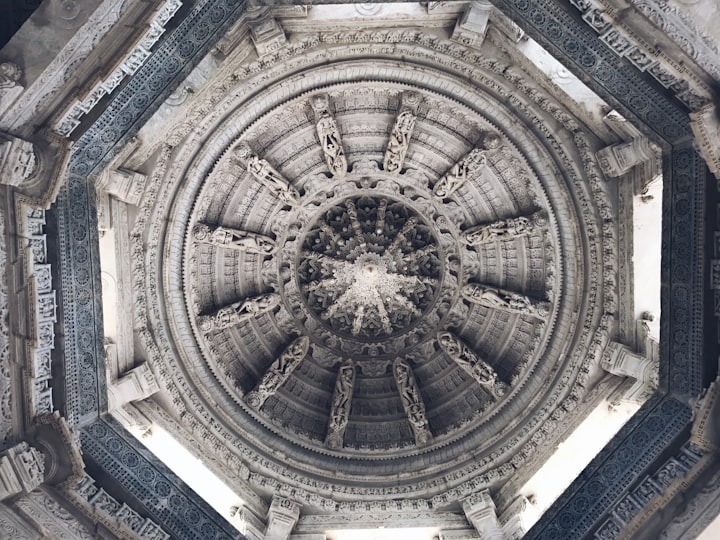
The Russia we know today has a rather interesting history, and the people groups that populate Russia today have diverse backgrounds and origins.
Like any country, there is a complex back story forged in steel and blood.
Russia’s history is jam-packed with seafaring warriors and nomadic land tribes that were invaders. Vikings also played their part in Russian History just like they did in British history.
A medieval state known as ‘Kievan Rus’ rose and fell and is intricately woven into the history of modern day Russia.
Let’s start in the first millennium, what we have is large nomadic tribes, many groups of tribes that spread through the forests of Eastern Europe.
The tribes shared a common Slavic language, but had no writing system. Archaeological and Middle Eastern historical records and information gleaned from a monk named ‘Nestor,’ tell us that by the 7th century, these Slavic tribes split into Western, Southern and Eastern branches.
These tribes were polytheistic in their religious beliefs.
After years of being subject to raids from Vikings from the north, the regions' tribes revolted and fought back and drove back the Vikings.
You would think that peace would reign amongst these Slavic people, but as is true with the condition of humanity, it was not long before the tribes turned on each other.
What the tribes agreed to do next was most peculiar. The tribes had to settle their disputes, and they sought governance from, believe it or not, the Vikings that they had banished. They invited the Vikings to come back and establish order, as a more ‘objective third party.’
The Vikings accepted the position and sent a prince named Rurik, and he, along with his two brothers, ruled over the Slavic tribes.
Rurik’s son Oleg, expanded his territory to the south, and moved the capital from the north to the south. The capital was now Kiev (Hasn’t Kiev been in the news! Even back then, it was an important city.)
The name ‘Kievan Rus’ was born, ‘Rus was a Viking term for ‘the men who row.’ As in ‘row a boat’ not the other pronunciation, which means having a loud argument. Although knowing the passion of the Slavic people, there were no doubt many that would row (have loud arguments).
The new Kievan Rus Kingdom had a love hate relationship with the tribes surrounding them, sometimes being in alliance with them and at other times being at war with them. To the south East they had the Khazar Empire on their border and to the South West they had the Byzantine Empire. They also had other neighbouring tribes bordering their kingdom.
In 987 AD, the Prince ‘Vladimir the 1st’ decide the time was right to abandon Slavic paganism, and he sent delegates to investigate neighbouring religions. (Another leader named Vladimir, but this one seemed a little less tense than the current one.)
He did not like Islam’s prohibition of alcohol. He also didn’t like Judaism, because of the Jews being expelled from their Holyland.
He settled on Orthodox Christianity. Vladimir converted to Christianity and married the Byzantine Emperor’s sister. He increased trade with the Byzantine Empire, and the relationship between the two kingdoms got stronger.
Byzantine missionaries helped to create an alphabet for the Slavic languages, they did this by using a changed Greek script.
Rus Viking warriors served as the Byzantine elite guard, and for many years, and several generations, the Kievan Rus grew and prospered.
Their trade and rich resources helped to strengthen the kingdom as it expanded. The Kievan Rus noblemen and noble women married prominent European rulers, so the power base was increasing for the Kievan Rus people.
Residents of some cities of Kievan Rus enjoyed culture and literacy and even a democratic type freedom, which were not common in that era.
There was, however, a rumbling amongst the cities and factions and different princes of different cities fought for power, and so the Kievan Rus kingdom fractured.
The fourth Crusade and the fall of Constantinople damaged the trade and wealth of the Rus, and the crusaders comprising northern European tribes attacked the Rus from the north.
But the largest threat was to come from the East, when the forces of Batu Khan of the Mongol Empire conquered and sacked Kiev, en route to Hungary and Poland.
Kievan Rus was now divided, and in the east the people were under Mongol rule. However, a remote trading post, which was known as ‘Moscow,’ would rise and challenge the Khans and conquer parts of the fragmenting Khan Empire.
This newly risen power of Moscow would then grow and absorb other eastern Rus territories and supplant the Khan rulers. It would reclaim its old name of ‘Ruska’. The western regions, with political alliances, and because of those political alliances with other European powers, had avoided destruction from the Khan dynasty. They now fell under the influence of Poland and Lithuania.
The former lands now of Kievan Rus, made up of Slavic people, which had been ruled by Vikings, educated by Greeks, and split by Mongolians, would develop differences in society, language, and culture that remain to today. That is the melting pot and cultural heritage of Russia.
And that is where Russia came from, as recorded in history.
Interestingly, and coincidentally that at the formation of Russia there was a Vladimir and today there is still a Vladimir.
About the Creator
Dean Gee
Inquisitive Questioner, Creative Ideas person. Marketing Director. I love to write about life and nutrition, and navigating the corporate world.






Comments
There are no comments for this story
Be the first to respond and start the conversation.